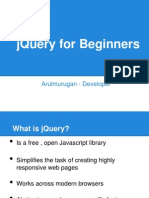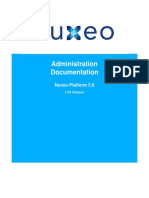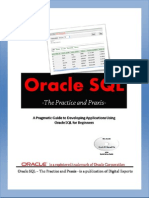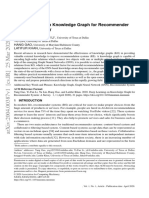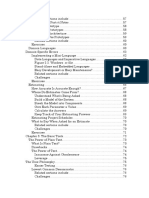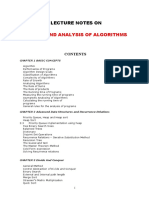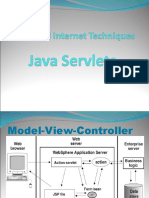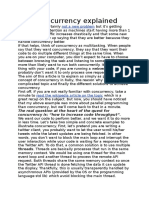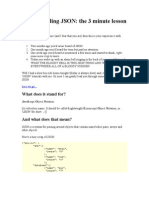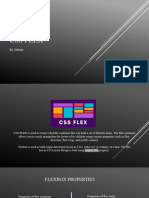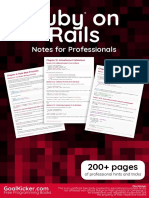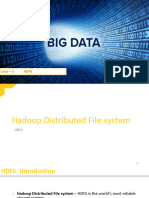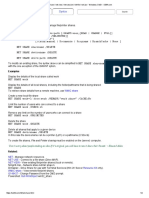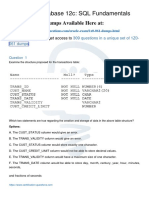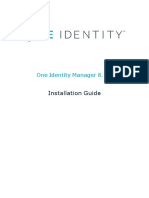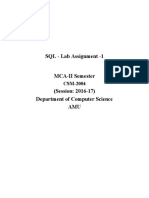0% found this document useful (0 votes)
102 views6 pagesRuby on Rails Developer Guide
The document provides an overview of Ruby on Rails including chapters on getting started, ActionCable, ActionController, ActionMailer, Active Jobs, Active Model, Active Record, associations, locking, migrations, and the query interface.
Uploaded by
taiwo jiyahCopyright
© © All Rights Reserved
We take content rights seriously. If you suspect this is your content, claim it here.
Available Formats
Download as PDF, TXT or read online on Scribd
0% found this document useful (0 votes)
102 views6 pagesRuby on Rails Developer Guide
The document provides an overview of Ruby on Rails including chapters on getting started, ActionCable, ActionController, ActionMailer, Active Jobs, Active Model, Active Record, associations, locking, migrations, and the query interface.
Uploaded by
taiwo jiyahCopyright
© © All Rights Reserved
We take content rights seriously. If you suspect this is your content, claim it here.
Available Formats
Download as PDF, TXT or read online on Scribd
/ 6




